Appearance Colorless gas IUPAC ID Hydrogen bromide Boiling point -66 °C Density 3.31 g/cm³ | Formula HBr Molar mass 80.91 g/mol Melting point -87 °C Soluble in Water | |
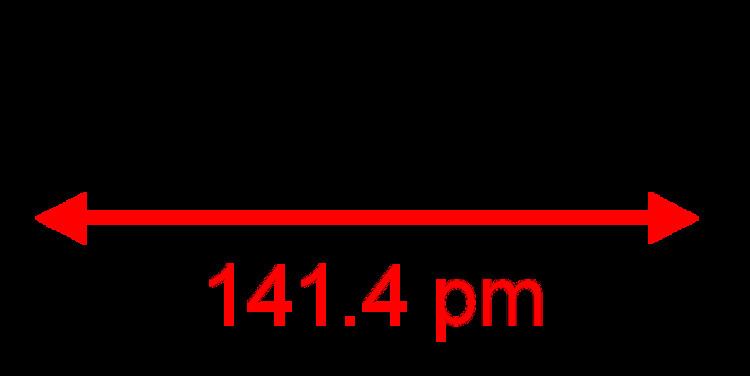 | ||
Related compounds | ||
Hydrogen bromide is the diatomic molecule with the formula HBr. It is a colorless compound and a hydrogen halide. Hydrobromic acid is a solution of HBr in water. Both the anhydrous and aqueous solutions of HBr are common reagents in the preparation of bromide compounds.
Contents
- Uses of HBr
- Other reactions
- Potential applications
- Industrial preparation
- Laboratory synthesis
- Safety
- References
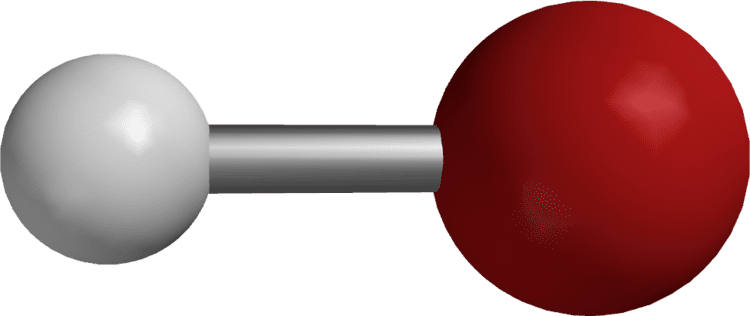
HBr is very soluble in water, forming hydrobromic acid solution, which is saturated at 68.85% HBr by weight at room temperature. Aqueous solutions that are 47.6% HBr by weight form a constant-boiling azeotrope mixture that boils at 124.3 °C. Boiling less concentrated solutions releases H2O until the constant boiling mixture composition is reached.
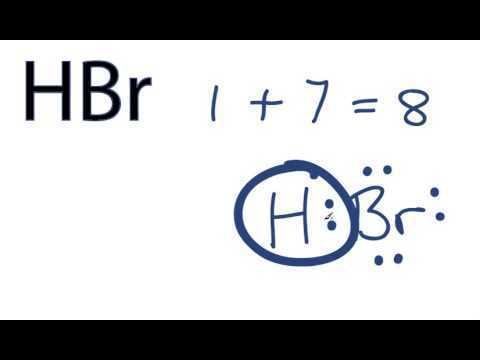
Uses of HBr
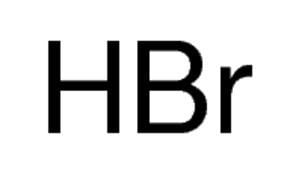
Hydrogen bromide and hydrobromic acid are important reagents in the production of inorganic and organic bromine compounds. The free-radical addition of HBr to alkenes gives alkyl bromides:
RCH=CH2 + HBr → R-CHBr–CH3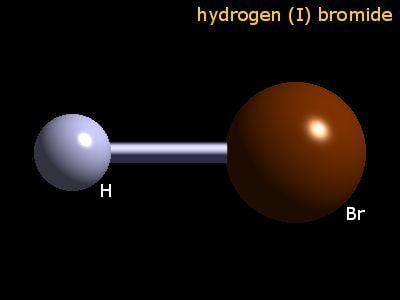
These alkylating agents are precursors to fatty amine derivatives. Similar free radical addition to allyl chloride and styrene gives 1-bromo-3-chloropropane and phenylethylbromide, respectively.
Hydrogen bromide reacts with dichloromethane to give bromochloromethane and dibromomethane, sequentially:
HBr + CH2Cl2 → HCl + CH2BrClHBr + CH2BrCl → HCl + CH2Br2Allyl bromide is prepared by treating allyl alcohol with HBr:
CH2=CHCH2OH + HBr → CH2=CHCH2Br + H2OOther reactions
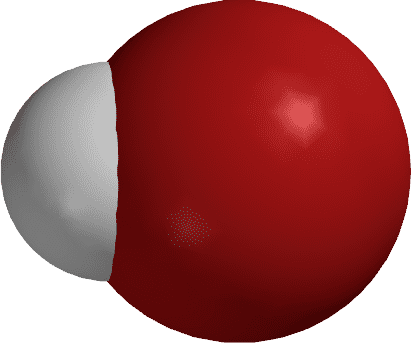
Although not widely used industrially, HBr adds to alkenes to give bromoalkanes, an important family of organobromine compounds. Similarly, HBr adds to haloalkene to form a geminal dihaloalkane. (This type of addition follows Markovnikov's rule):
RC(Br)=CH2 + HBr → RC(Br2)–CH3HBr also adds to alkynes to yield bromoalkenes. The stereochemistry of this type of addition is usually anti:
RC≡CH + HBr → RC(Br)=CH2Also, HBr is used to open epoxides and lactones and in the synthesis of bromoacetals. Additionally, HBr catalyzes many organic reactions.
Potential applications
HBr has been proposed for use in a utility-scale flow-type battery.
Industrial preparation
Hydrogen bromide (along with hydrobromic acid) is produced by combining hydrogen and bromine at temperatures between 200-400 °C. The reaction is typically catalyzed by platinum or asbestos.
Laboratory synthesis
HBr can be synthesized by a variety of methods. It may be prepared in the laboratory by distillation of a solution of sodium bromide or potassium bromide with phosphoric acid or sulfuric acid:
KBr + H2SO4 → KHSO4 + HBrConcentrated sulfuric acid is less effective because it oxidizes HBr to bromine:
2 HBr + H2SO4 → Br2 + SO2 + 2 H2OThe acid may be prepared by:
Anhydrous hydrogen bromide can also be produced on a small scale by thermolysis of triphenylphosphonium bromide in refluxing xylene.
Hydrogen bromide prepared by the above methods can be contaminated with Br2, which can be removed by passing the gas through a solution of phenol at room temperature in tetrachloromethane or other suitable solvent (producing 2,4,6-Tribromophenol and generating more HBr in the process) or through copper turnings or copper gauze at high temperature.
Safety
HBr is highly corrosive and irritating to inhalation.
